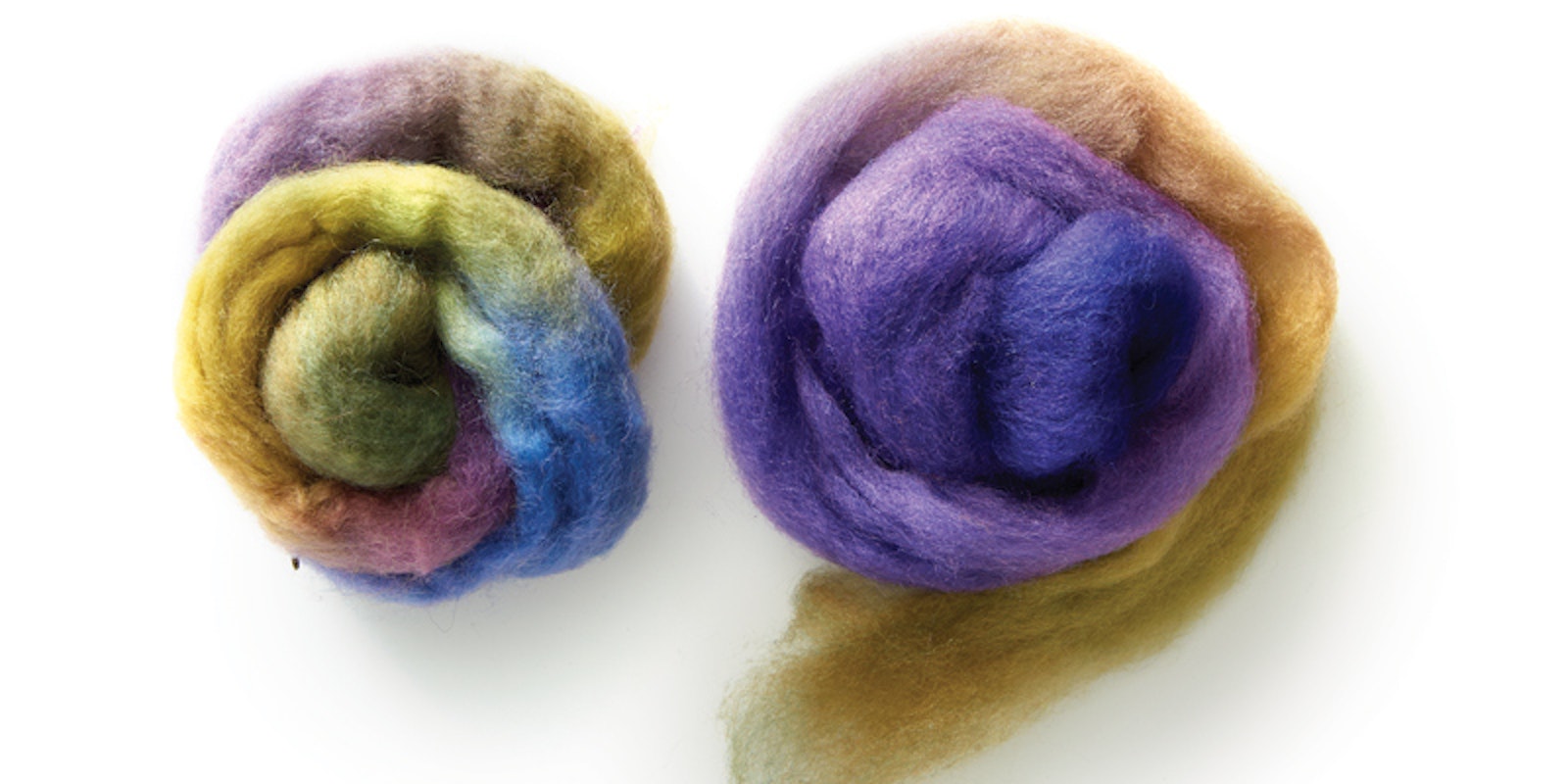The Multipurpose Sheep
<a href="https://spinoffmagazine.com/the-multipurpose-sheep/">Continue reading.</a>
https://spinoffmagazine.com/cdn-cgi/image/format=auto/https://www.datocms-assets.com/75073/1656651744-header-64.jpeg?auto=format&w=900
Predrafting loosens compacted fibers, making them easier for spinning. Photo by Joe Coca
| |  | | | One fleece, many yarns. |
When we talk about contemporary sheep, we may say that they are “improved.” That usually means that they share a variety of characteristics: They have only one coat, which is the same all over the fleece. Their fleece grows consistently, without a break. They’re probably white, the kind of white that sucks up dye and develops brilliant color . . . and if they’re not white, they’re at least consistent in color. A lot of them have just one job, which they do very well, though some are “dual purpose”--both meat and fiber. Sounds great, right? Who doesn’t want a new and improved sheep?
This is all very good if you buy wool by the bale, spin it by the bump, and weave it by the bolt, but if you buy just one or two fleeces a year, it can be pretty limiting. The very traits that make a primitive breed fleece a poor choice for industrial use make them perfect for a handspinner.
| |  | | | Spin a rainbow with no dyepot! | If you want to buy one fleece and spin many different yarns from it, a primitive fleece is the one for you: spin a rug from the long, coarse outercoat, a lace cowl from the soft fiber around the neck, a sweater from the undercoat, and a blanket from a mix of inner and outercoats. With Jacob sheep, you can even spin a variety of natural color yarns from a single fleece--no dyepot required. And as wonderful as modern sheep are (and not to cast aspersions on Merinos and Columbias and all those other delightful breeds), there is one area in which Judith MacKenzie believes the primitive breeds win hands-down: charm. Ancient sheep are full of character, with personalities that have made them our companions since the Bronze Age.
(Move over, dogs. Primitive sheep may be man’s true best friend.)  |





